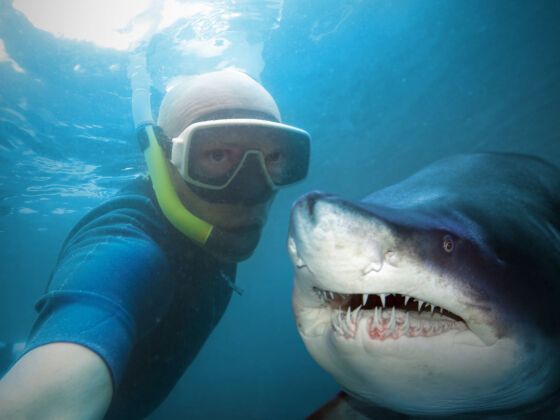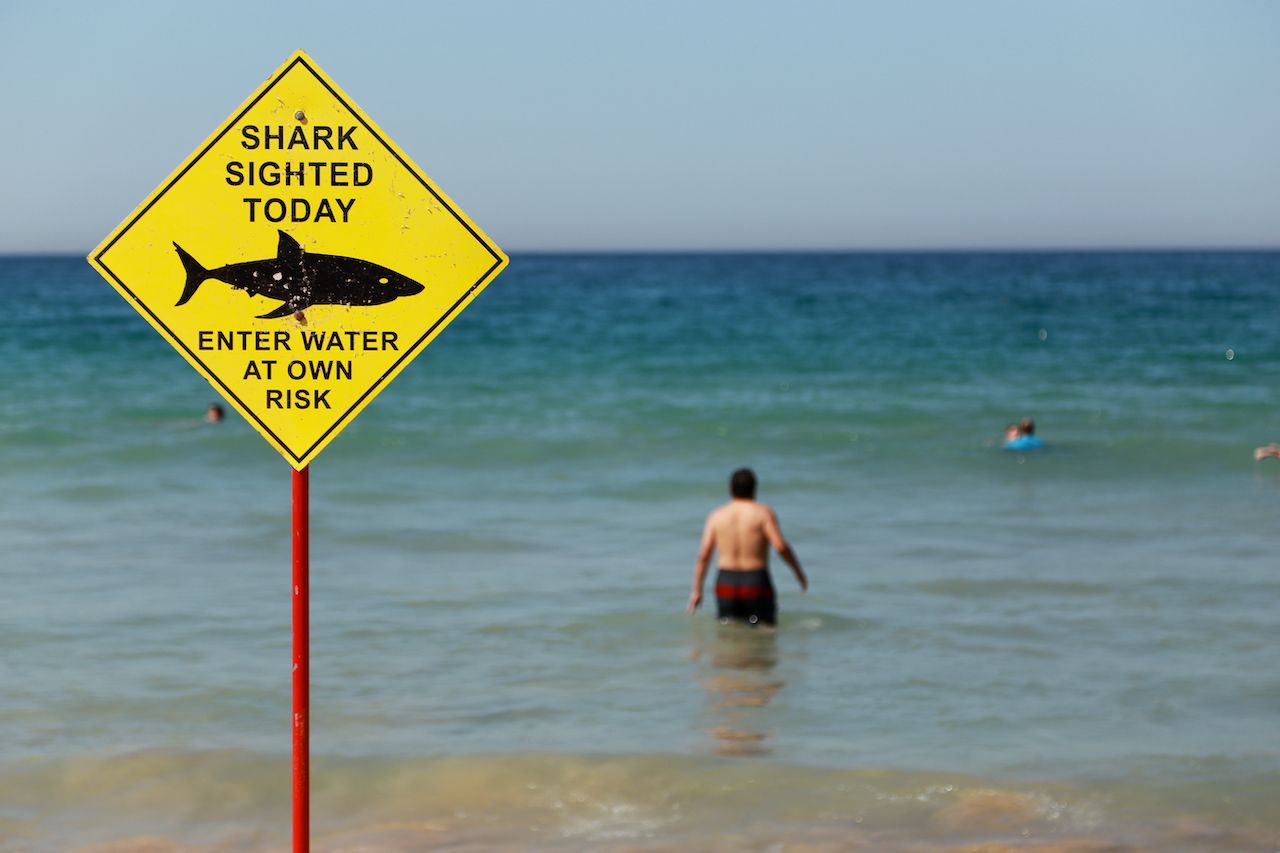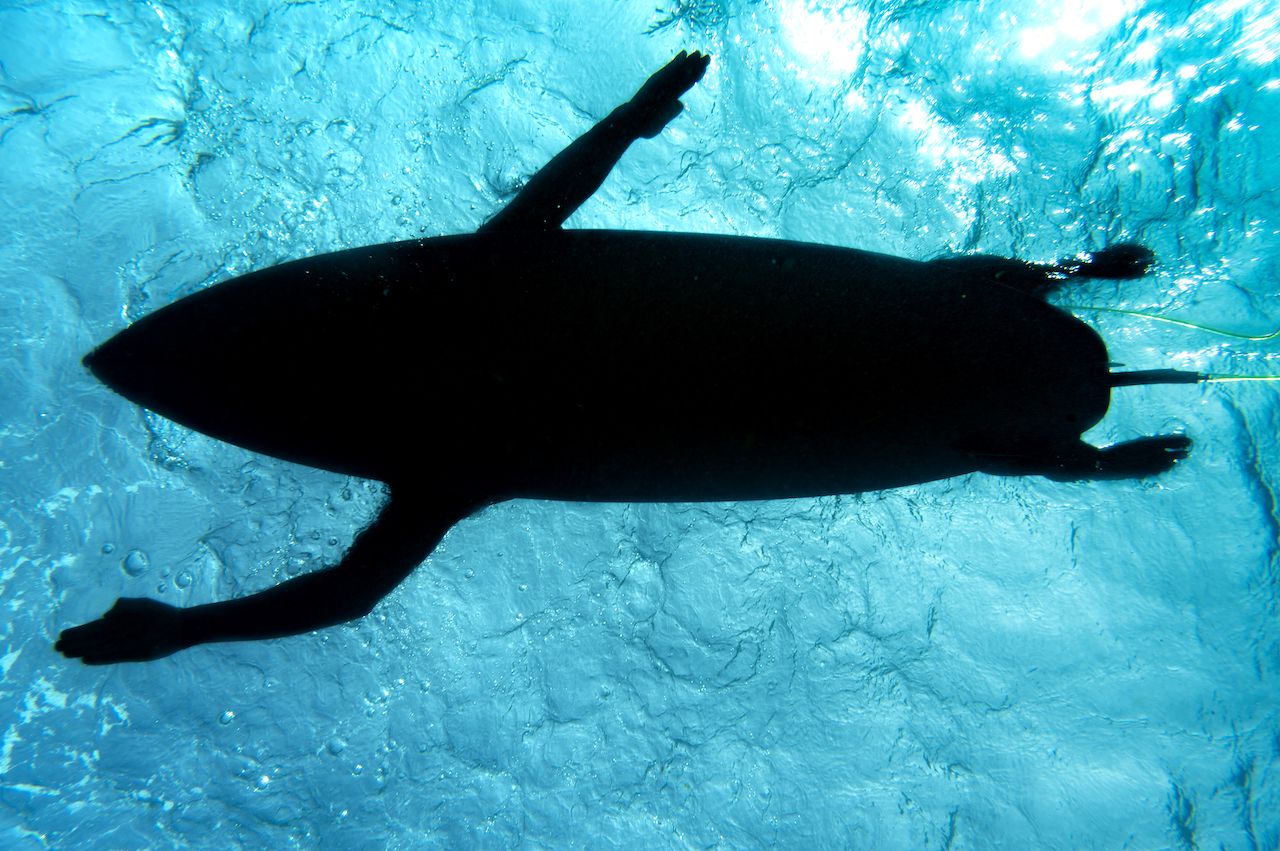If you feel like you’ve been reading about more shark sightings lately, it’s not just because this is Shark Week. It’s also not just because more people are fleeing record-breaking heat by going to the beach. It’s because there are more sharks.
And that’s a good thing, mostly.
It doesn’t feel so good if you’re the surfer who was attacked by a great white shark at a beach 20 miles south of San Francisco three weeks ago. Or the Southern California teenager whose hand was bitten by a different great white a few days later. Or the parents of an eight-year-old harmed in shallow Florida waters this month.
But as dramatic as these occurrences are, and as unfortunate for those involved, fatal shark attacks, and even minor injuries caused by sharks, are rare.
“The odds of any interaction are so low, it’s much more dangerous to drive your car … This is an irrational fear that doesn’t statistically exist,” says Chris Fischer, Founder and Expedition Leader for OCEARCH, an organization that collects and disseminates data about marine environments.




